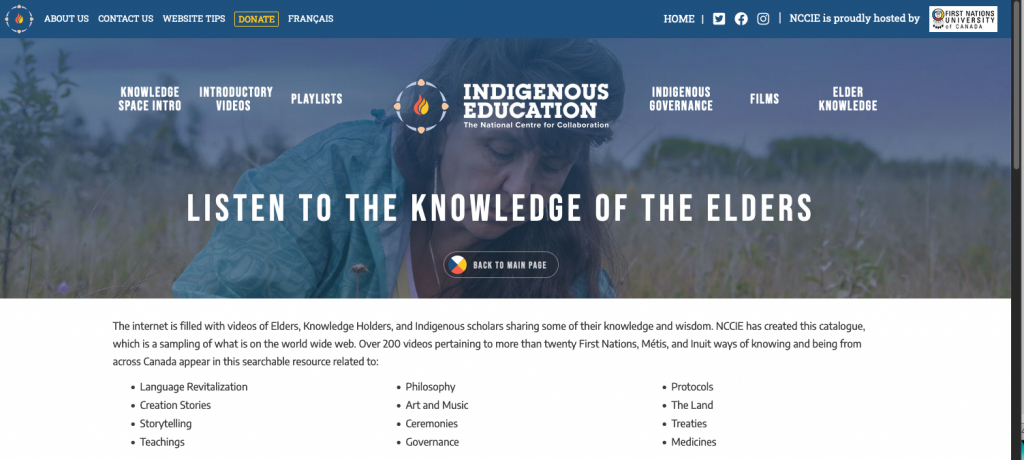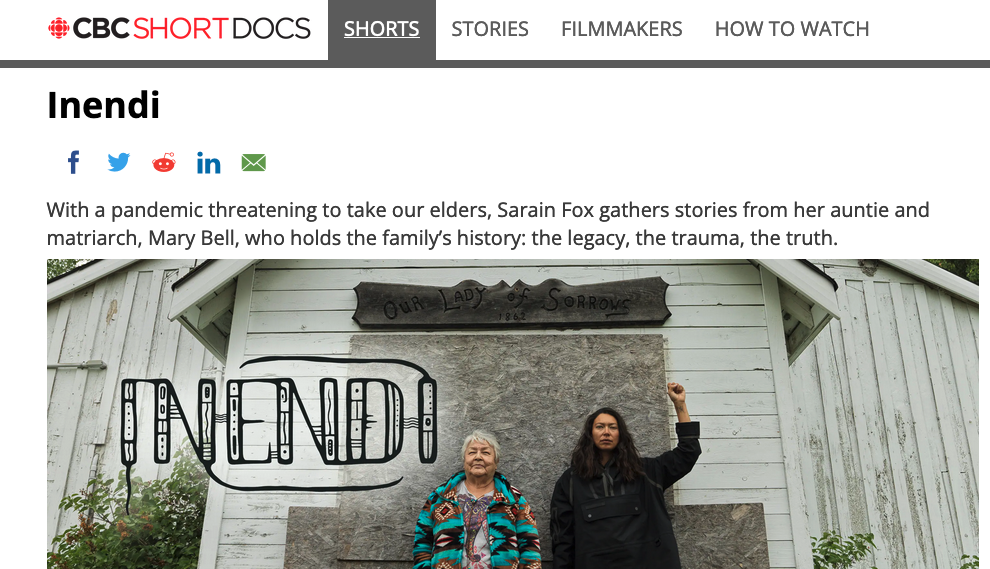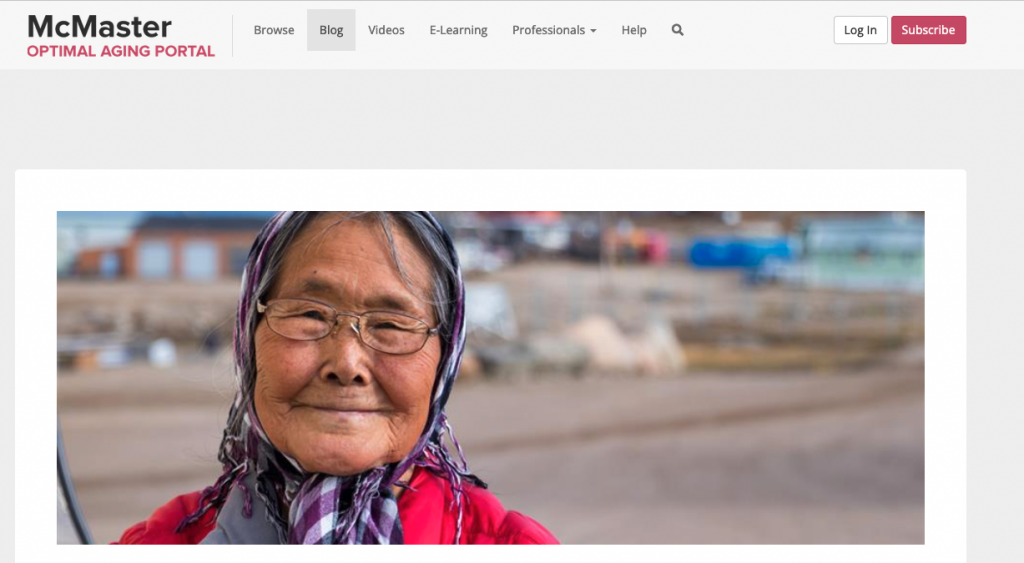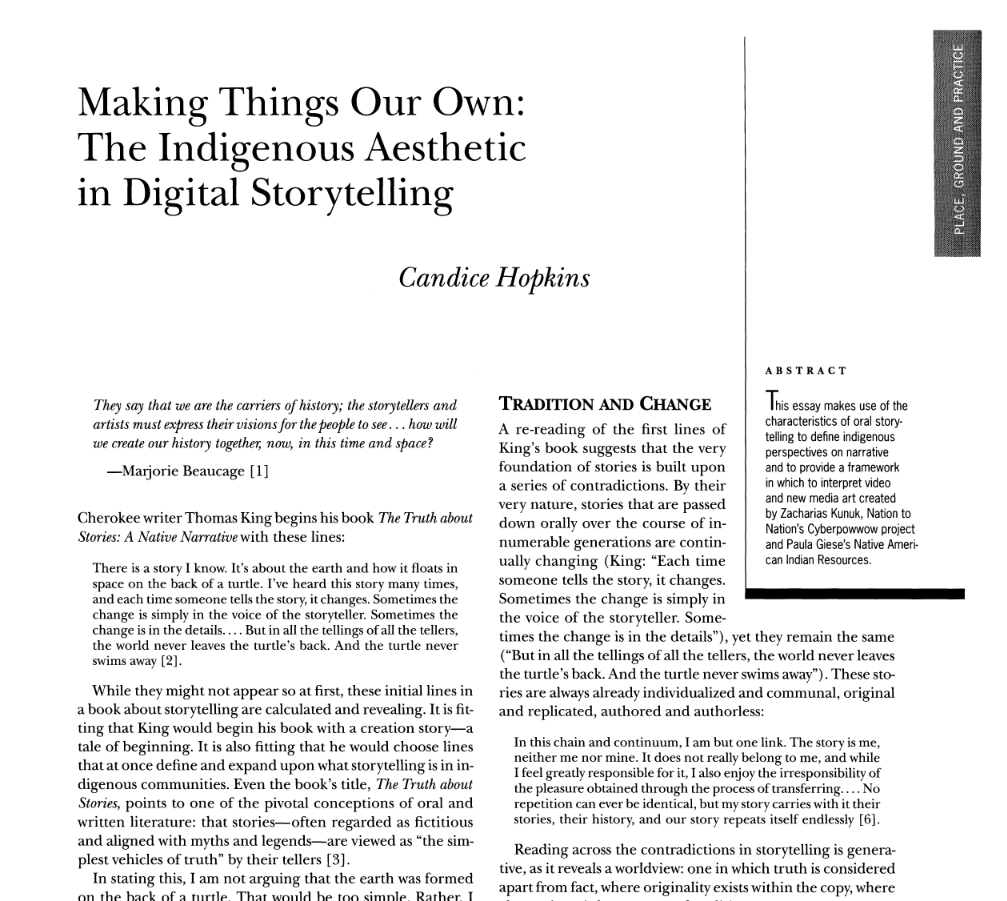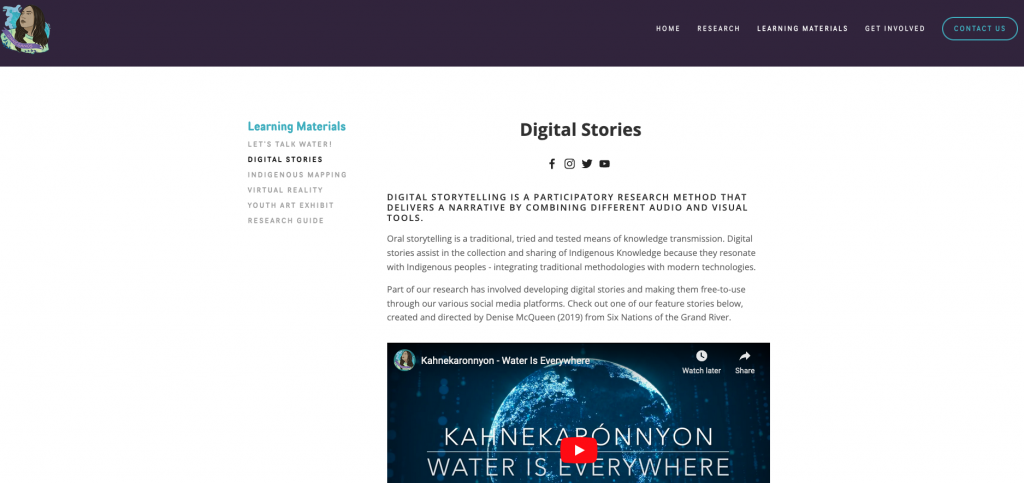The process of discovery is so much fun, and to stumble upon a new worthwhile resource is awesome. These five sites provide some excellent examples of video as a method to disseminate Indigenous knowledge, and will be included in the video repository of my final project.
- Documenting elders on film
- Listen to the knowledge of the elders
- First Nations Pedagogy
- The contribution of indigenous elders: An example of intergenerational solidarity
- Manitoba First Nations Education Resource Centre
1. Listen to the knowledge of the elders
The National Centre for Collaboration in Indigenous Education (NCCIE) is hosted by First Nations University of Canada. This site provides a full video catalogue featuring over 200 videos highlighting First Nations, Metis, and Inuit ways of knowing and being. The site provides a searchable directory of audio and video resources.
https://www.nccie.ca/knowledge-space/elder-knowledge/
2. Documenting elders on film
Director Sarain Fox has produced some wonderful videos highlighting Indigenous culture, and many feature Elders including her auntie and matriarch Mary Bell. This documentary is extremely powerful. “We are people of our land, and people of our stories.”
https://www.cbc.ca/shortdocs/shorts/inendi
3. First Nations Pedagogy
This site curated by two educators provides resources related to Indigenous pedagogy.
https://firstnationspedagogy.ca. The site led me to the Grandmothers Wisdom Project.
The Project is intended to supporting all people reclaiming their relationship to Mother Earth, calling for a profound transformation in the heart, mind, and spirit.
https://www.grandmotherswisdom.org/
4. McMaster Indigenous Elder projects
I found several Elder videos posted by McMaster University. Many are related to health and Indigenous knowledge in this area. This is an interesting blog post about the contributions of elders with health contexts.
5. Manitoba First Nations Education Resource Centre
The MFERC provides services and supports to First Nation schools in Manitoba. They also have a collection of documentaries and videos featuring elders.
https://www.youtube.com/playlist?list=PL6UdcrR9HVgLR-0-ZrUysM0EmokbxC0i_
https://www.youtube.com/playlist?list=PL6UdcrR9HVgKnWAVfMpXYlfGR9VWjQuHX
